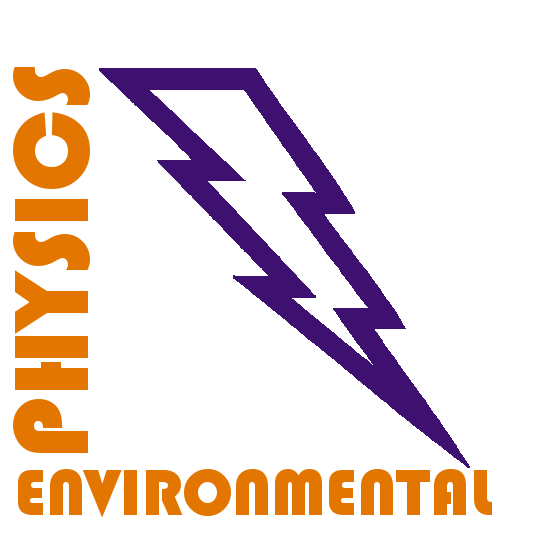Investigation of Ozone and Hydrogen Peroxide Transport into Water Aerosols and Bulk Liquid
Hassan M.E., Janda M., Machala Z.
47th IEEE International Conference on Plasma Science (ICOPS-2020) and 2nd ASIA Pacific Conference on Plasma and Terahertz Science (APCOPTS-2020), Singapore - Virtual, December 6-10, p. (2020)
požiadaj o kópiu
|
|
Abstrakt: Atmospheric air plasmas generated in contact with water
create reactive oxygen and nitrogen species (RONS, e.g. O3,
OH radicals, H2O2, NO, and NO2) that transport into the water
and make acidic solutions called plasma-activated water,
which are effective in killing and inactivation of bacteria or
induction of other effects in biomedical applications1. The
transport rate of various RONS from the plasma into the water
is determined by their Henry’s law solubility coefficient and
plasma-water interface area2. In our work, a large interface
area is produced by water electrospray (ES) to fine aerosol
droplets. As air plasma generates a broad spectrum of species,
we analyzed each species for a single-species transport study
individually. The reactor was filled with ozone-rich air using
the O3 generator up to ~700 ppm and H2O2 vapor up to 120
ppm using a bubbling method, in addition to O3 and H2O2
formed by the positive corona discharge plasma in contact
with water. The colorimetric detection method was used in the
aqueous phase (water ES/aerosol and bulk liquid) where O3
was analyzed by indigo blue assay, while H2O2 by TiOSO4
reagent measured by UV/VIS absorption spectroscopy. For the
gas phase analysis, electrochemical gas sensors type
“Membrapor” were used. Then we calculated the loss of O3 /
H2O2 concentration in the gas phase, which dissolved into that
water at several applied voltages and water flow rates.
In conclusion, O3 is more soluble into water electrospray with
smaller size microdroplets than into the big droplets. Also, O3
is better soluble at the lower water flow rates due to the high
surface-to-volume ratio of the sprayed water droplets and
longer solvation time. In the ongoing work, we analyze H2O2
which transports into the water ES and bulk liquid in the gas
and aqueous phases.
1. Z. Machala et al., “Formation of ROS and RNS in Water
Electro-Sprayed through Transient Spark Discharge in Air
and their Bactericidal Effects,” Plasma Process. Polym., vol.
10, no. 7, pp. 649–659, Jul. 2013.
2. J. Kruszelnicki at al., “Atmospheric pressure plasma
activation of water droplets,” J. Phys. D. Appl. Phys., vol. 52,
no. 35, p. 355207, Jul. 2019.
________________________________
* This work was supported by Slovak Research and
Development Agency APVV-17-0382 and Comenius
University grant UK/317/2020
|

